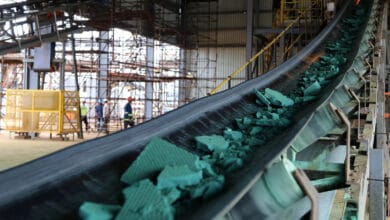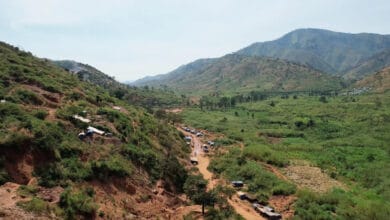GoviEx Uranium secures option to acquire 51% of Lundazi Exploration License in Zambia

GoviEx Uranium Inc. has secured an option to acquire a 51% interest in the Lundazi exploration license in Zambia.
The Lundazi License spans 817.9 square kilometers and is recognized for its uranium-rich formations.
It is part of a strategy to increase the exploration footprint within Zambia, particularly in regions known for Karoo Supergroup sandstone deposits.
The Lundazi area is said to have geological similarities to GoviEx’s Muntanga project, where the company is progressing with a feasibility study expected later this year.
The study is crucial for moving forward with project financing and could lead to production within two years of construction commencing.
GoviEx will invest up to US$1.5 million over three years as part of the deal, starting with a US$300,000 investment in the first year. The company also has the flexibility to exit the agreement after the initial phase if necessary.
“The Lundazi License represents a strategic advancement for GoviEx, complementing our ongoing work in Zambia,” chief executive Daniel Major said in a statement.
“The geological similarities between Lundazi and Muntanga are particularly encouraging, allowing the company to leverage its existing knowledge and expertise in the region.
“Progress at Muntanga, where the Feasibility Study is on track for publication later this year, has reinforced our belief in the potential of these underexplored, yet highly prospective areas in the country.
“Additionally, Zambia’s solid reputation as a mining-friendly country, with strong government support, underpins our confidence in the success of these projects.”
Jerome Randabel, GoviEx’s chief geologist, added: “The local geology of the Lundazi area closely resembles that of GoviEx’s Muntanga project, which makes this opportunity particularly exciting for us.
“Initial surveys conducted by previous explorers in the area and supported by data from Stalwart, indicate numerous geological faults within the license area.
“These faults are often channels for mineralized fluids and serve as natural traps for mineral deposits, providing promising signs for potential uranium. The presence of noted radiometric anomalies further supports this outlook and I am looking forward to exploring these opportunities and uncovering the full potential that this region holds.”









